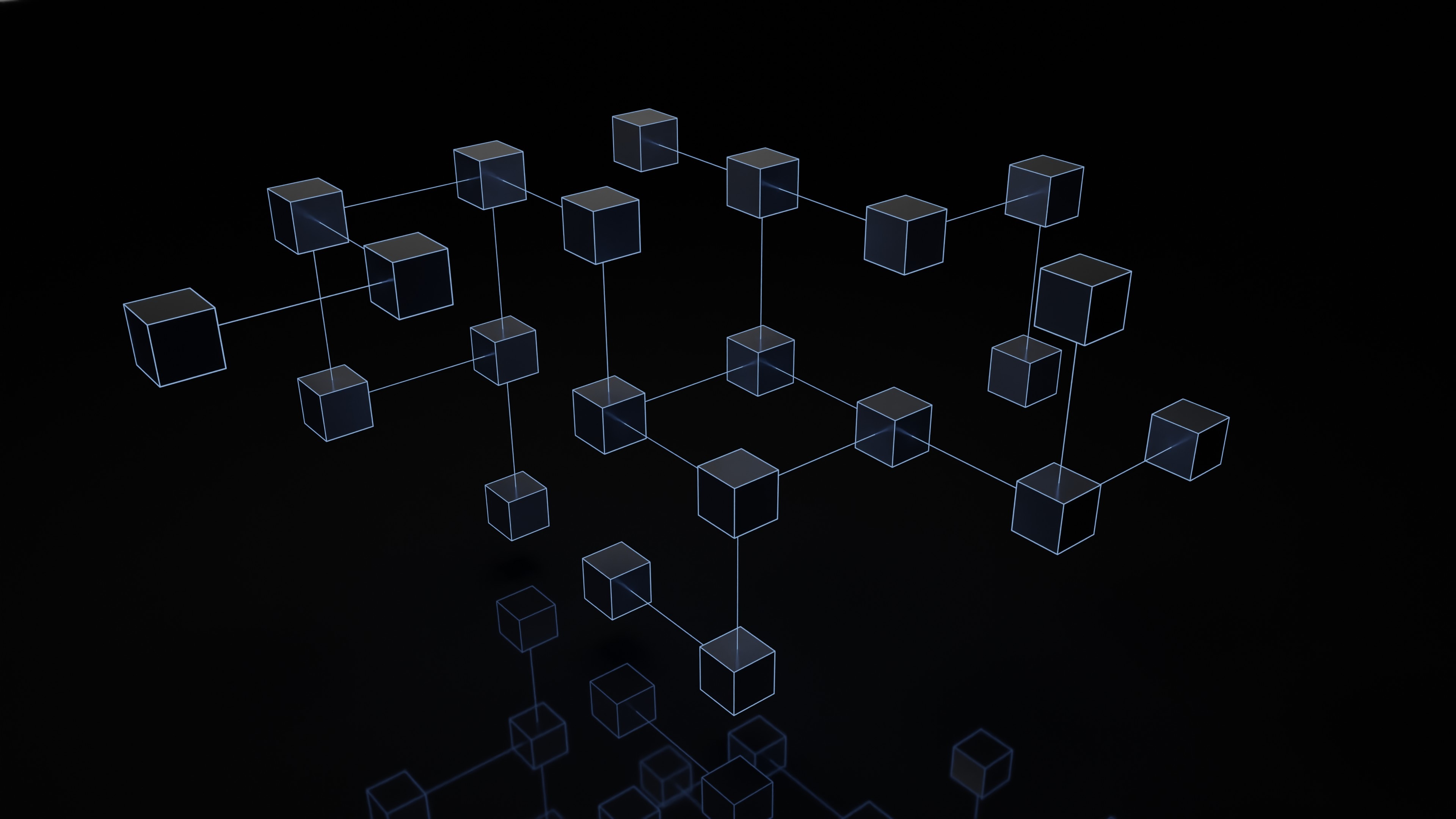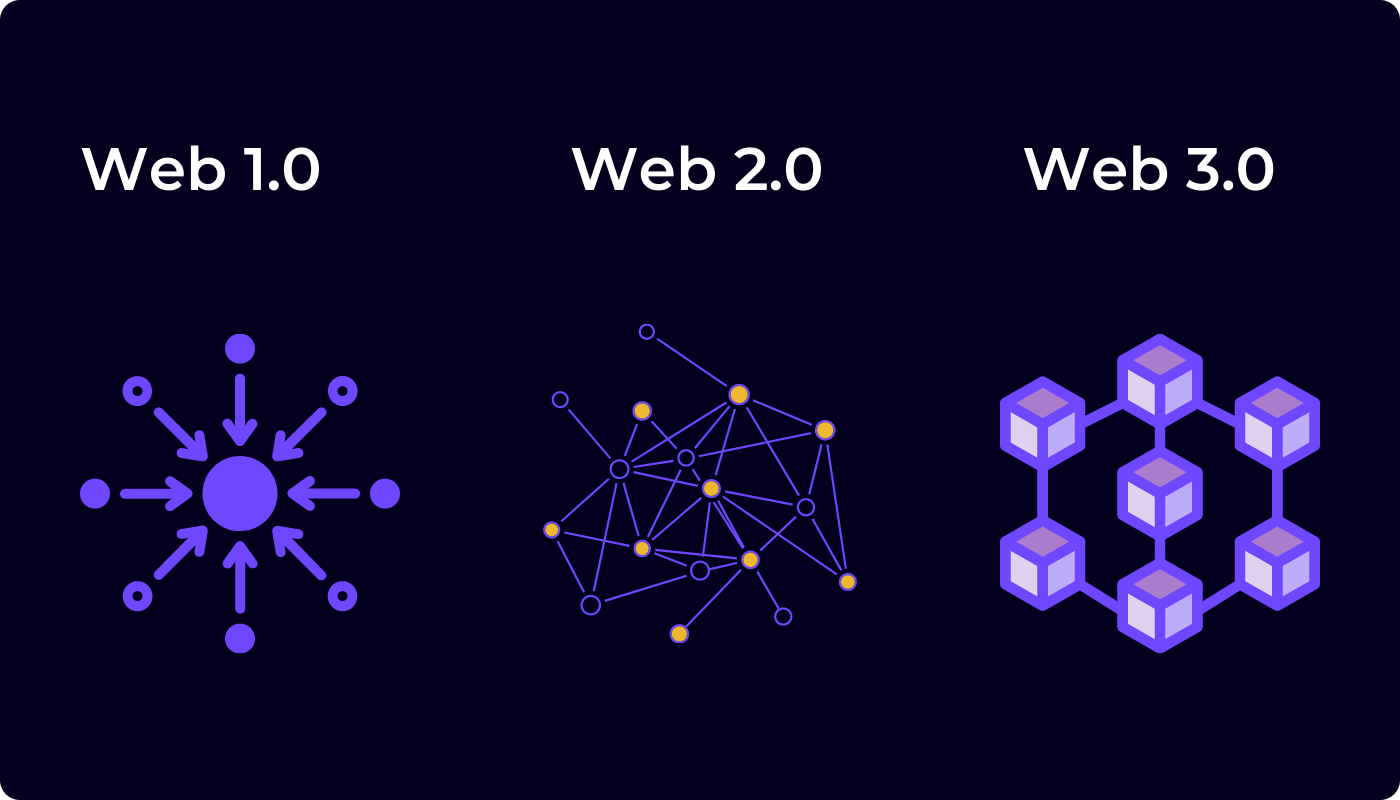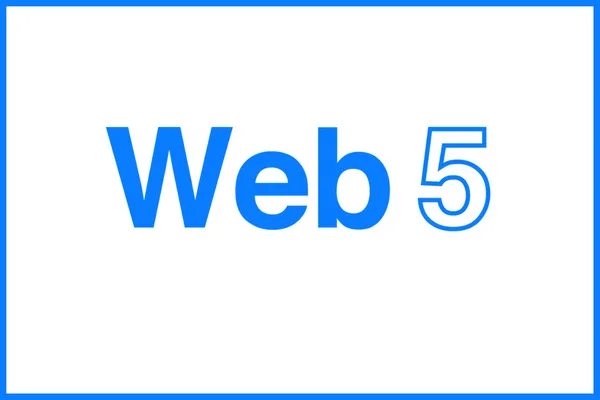Web5: A Paradigm Shift in Internet Ownership and Control
 wisdom egba
wisdom egba
The Big Question: What exactly is WEB 5?
Before diving into this article, I would like to establish that the creation of new technologies is driven by several factors ranging from scientific discoveries and fundamental understanding, exploration of the unknown and pushing boundaries, curiosity and innovation etc, but one of the key factors is solving problems and addressing needs.
Over the years the web has evolved through different stages in response to changing user needs, technological advancements, and evolving societal norms.

Between the early '90s and now, three(3) versions of the web have been created, Web 1, Web 2 and Web 3 respectively and they all had their shortcomings such as limited interactivity, data privacy concerns, and scalability limitations.
The introduction of Web 5 is a game changer in the internet world as it proffers solutions to problems being faced on the web. Web5 envisions a future internet where users have greater autonomy over their data and digital identities. It leverages the Bitcoin blockchain and a network of decentralized web nodes (DWNs) to store and relay information in a decentralized manner. Additionally, Web5 employs decentralized identifiers (DIDs), providing users with unique identifiers they can manage independently.

Despite being in its early stages, Web5 has garnered considerable support from individuals and organizations dedicated to advancing its underlying concepts and technologies. Jack Dorsey, the former CEO of Twitter and Square, stands out as a prominent figure in the Web5 movement. He unveiled TBD, a Web5 platform built on the Bitcoin blockchain, aiming to empower users with enhanced control over their data and identity. TBD is regarded as one of the pioneering prototypes of Web5.
Web5 is built on some key components such as:
• Decentralized Web Nodes (DWNs): These are the distributed servers that form the backbone of Web5's infrastructure, providing data storage, relay, and retrieval in a decentralized manner, ensuring censorship resistance, data availability, and resilience.
• Decentralized Identifiers (DIDs): They are unique, self-sovereign identifiers that users control, replacing traditional centralized identity systems.
• Self-Sovereign Identity Services: They are decentralized digital identity solutions that empower individuals to own and control their personal data, enabling secure and verifiable interactions in the online world.
• Decentralized Web Applications (DWAs): These are applications that run on a distributed network of computers rather than a single server, eliminating the need for a centralized authority.
How Data Flows in Web5:
Users interact with Web5 applications using their DIDs.
DWNs store and relay data associated with user interactions.
DApps process and execute user requests, ensuring data integrity and security.
Verifiable credentials are issued and verified to establish trust and transparency.
DAOs govern the overall Web5 ecosystem through community consensus.
Semantic technologies enhance data understanding and machine-readability.
Data privacy and security measures protect user data from unauthorized access and misuse.
Interoperability protocols enable seamless communication between different Web5 components.
Web5, in its nascent stages, holds the promise of transforming our online interactions, fostering a more equitable, secure, and user-centric digital realm. As Web5 technology matures, we can envision a future where individuals reclaim control over their data, identity, and online engagements, paving the way for a more democratic and inclusive internet for all.
Subscribe to my newsletter
Read articles from wisdom egba directly inside your inbox. Subscribe to the newsletter, and don't miss out.
Written by
